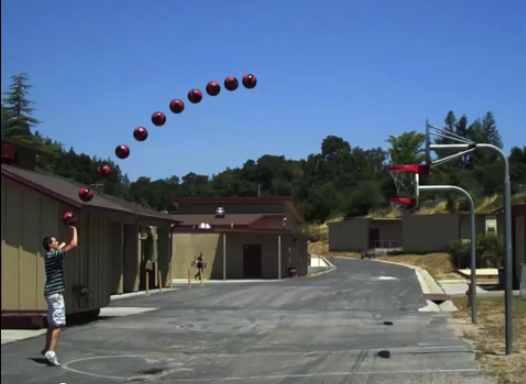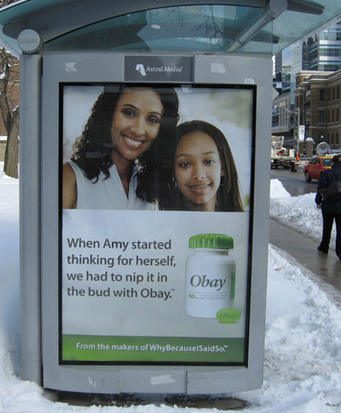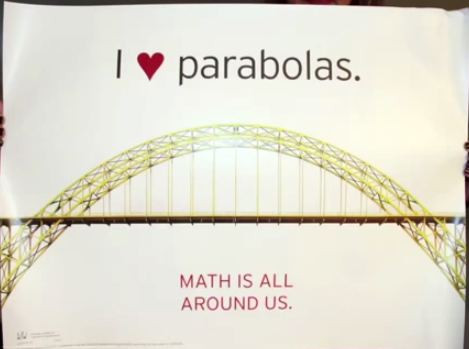Something any good teacher knows: It is not enough to simply make information available. Most of us need to be motivated to learn. We need to be curious.
In an age where information is superabundant (but attention spans are short), the potential value to be gained from understanding and harnessing the power of curiosity is huge. By targeting the curiosity of their audiences, educators and advertisers have discovered that they can transform information -- something typically forced upon a reluctant pupil or consumer -- into a prize.
For anyone with the challenging task of selling information to an audience, here are three excellent strategies to create curiosity:
- Create conflict
- Introduce novelty
- Encourage perplexity
Create Conflict
Creating an irresolvable contradiction or conflict between someone's current knowledge and a new piece of information creates an information gap that demands resolution.
A great example of this strategy in action is the 2011 campaign by Ontario Colleges for a fictional product called Obay.

These ads started showing up in 2011 in bus stops and subways across downtown Toronto. The posters got quite a reaction from Torontonians who were unable to reconcile the existence of such a morally dubious product with their assumption that their society would never permit such a thing.
The campaign was incredibly successful. During the few days between the presentation of the ad and its resolution, people hungrily followed the efforts two Toronto bloggers who attempted to track down the company behind the promotion of Obay. Eventually it was revealed that the ads were part of campaign backed by Ontario Colleges encouraging parents to let their kids explore all the options (not just university).
It is unlikely that Ontario Colleges could have generated such desire for information except by creating an irresolvable conflict with their audience's most fundamental assumptions and harnessing the power of their curiosity.
Introduce Novelty
Our magnetic attraction to the new and different occurs when a familiar situation unfolds in an unexpected way. The more surprising the situation, the more novelty we attribute to it and the more curious we become about it.
The Cleveland Museum of Art has tapped into this response with Gallery One, a new interactive touchscreen experience that allows visitors to engage with artwork in new and surprising ways. Novel situations like this violate our expectations of how an environment should behave and, as a result, we engage with the environment in an attempt to understand it better.
The paradox of novelty is that we only like it if it can be resolved through exploration. This museum's interactive installation is so engaging not only because it presents a surprising situation, but also because it obeys a clear task structure that allows visitors to explore the environment and exert control over it. In this way visitors are able to resolve their curiosity as they engage with the installation. And they learn in the process.
Encourage Perplexity
High school math teacher Dan Meyer defines perplexity as the state wherein a student doesn't know something, wants to know it, and feels it is in their power to do so. When sufficiently perplexed, students actively pursue the knowledge that would otherwise have been forced on them.
Perplexing students, Meyer stresses, is very different from engaging them. For example, this first poster is engaging -- and beautiful.

The second image automatically causes the viewer to formulate a question in their mind: Is the ball going to go in? This sensation of being perplexed, of having an unanswered question, causes a feeling of mild discomfort. We are motivated to resolve our perplexity so that this discomfort can likewise be resolved. In such a state of mind, learning and knowledge become tools that can grant satisfaction, rather than being abstract and meaningless requirements that cause tedium and misery.
Dan Meyer keeps a blog of strategies and content that he uses to keep his students perplexed and curious. If you're interested, you can also listen to his TED Talk.
An increasing part of the world's population has access to almost unlimited learning. As a result, the business of selling information has become incredibly competitive. For anyone with the task of vending information in such a challenging marketplace, tapping into the power of curiosity will be key.
Flannery Jefferson contributed to this article.

